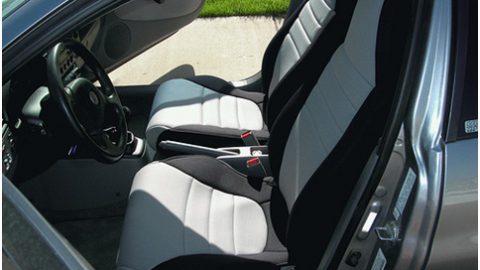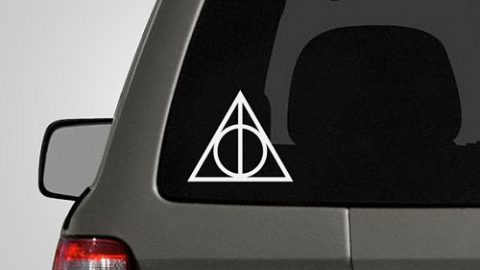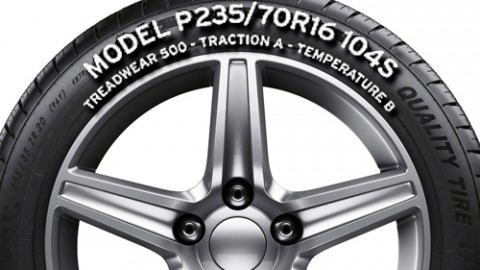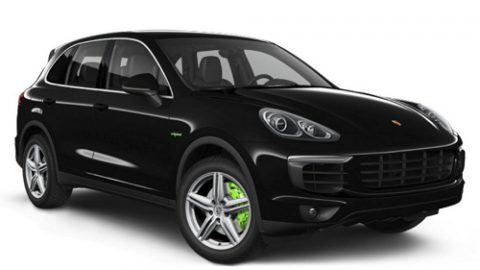Nobody likes to pay for car insurance, but in the event of an accident, everyone is glad to have coverage. There are some ways to lower the cost of your insurance premiums simply by paying attention to the features available on a car.
The following seven features all save money on insurance costs.
- Age of Car
Old cars break down, and break-downs cost money. Because of this, youth is beauty in the eyes of insurance companies. For cars younger than five years old, the cost of insurance is generally lower than on older cars.
Insurance companies charge based on risk, and older cars are at a much higher risk of having mechanical failures than younger cars. While there are certainly other factors to consider (as a brand new Mercedes will be FAR more expensive to insure than a ‘92 Grand Am), in a world where all things are equal, newer cars are a cheaper bet.
- ABS
Though it seems like a common and outdated safety feature, anti-lock brakes are still the bee’s knees in the hearts of insurance agents everywhere. Not all cars offer ABS standard, and many of the used cars on the road do not come equipped with them.
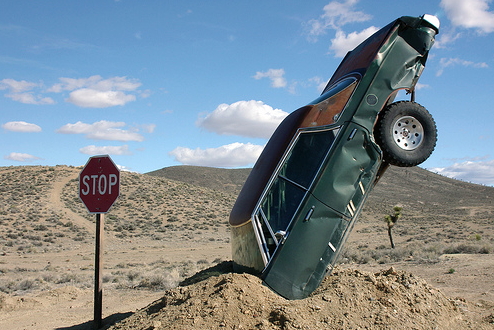 Because of this, the risk of losing control of a car in icy or high-speed conditions is much higher, and therefore so is the risk of having a serious accident. Aside from the fact that there is no greater feeling than an anti-lock foot massage when hitting that red light too quickly, this feature also saves drivers money.
Because of this, the risk of losing control of a car in icy or high-speed conditions is much higher, and therefore so is the risk of having a serious accident. Aside from the fact that there is no greater feeling than an anti-lock foot massage when hitting that red light too quickly, this feature also saves drivers money.
- Airbags
Though driver-side airbags are pretty standard in most cars manufactured today, passenger and side-curtain airbags are still relatively new features that should definitely be added whenever possible. Many drivers don’t think about the fact that insurance claims cover all of the people in the car at the time of an accident.
Because of this, additional airbags for additional passengers, from both head-on and sideways collisions, greatly reduce injuries sustained during serious accidents. Car insurance companies love phrases like “greatly reduce injuries,” which is why adding these features will pay off in the long run.
- Crash Test Ratings
Crash test dummies are trail blazers, pioneers, and in many cases, insurance Godsends. The performance of a car in an accident greatly affects the amount of money required to insure it. For cars with five-star crash test ratings, insurance companies can rest easy knowing that the passengers will most likely be safe.
For cars that tend to roll over at high speeds, snap necks in rear-end collisions, or spontaneously combust while sitting in traffic, the outlook is slightly bleaker. As a rule; the safer the car, the lower the premium.
- Anti-Sleep Alarms
An incredibly new development in car safety technology, these sleepy sensors can save lives and money. While the technology behind each system varies, most insurance companies agree that these systems are an amazing leap forward for safety innovation.
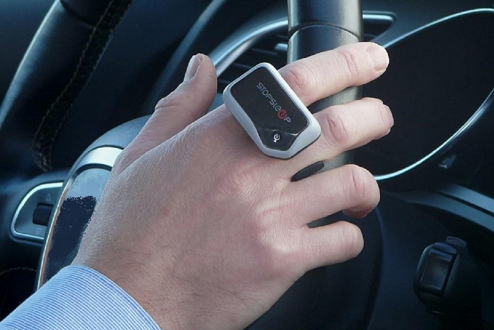 Lexus & Saab’s systems monitor the eyes of the driver, while Volvo and Mercedes are activated by changes in the cars position or performance. Whichever the system, drowsy drivers are jolted awake, kept alive for another day to spend their insurance savings however they please.
Lexus & Saab’s systems monitor the eyes of the driver, while Volvo and Mercedes are activated by changes in the cars position or performance. Whichever the system, drowsy drivers are jolted awake, kept alive for another day to spend their insurance savings however they please.
- Alarm/Anti-Theft Systems
Not all accidents happen while drivers are inside their car, which is why the addition of an alarm system makes insurance companies very happy. Particularly for expensive vehicles, or for vehicles in high-theft areas, adding an alarm to a car will greatly reduce the risk of theft, thereby greatly reducing the risk of an insurance company having to pay thousands of dollars for a new ride.
Plus, it’s an easy way for older cars to upgrade to new features, like remote start and keyless entry. PLUS, it’s a great way to find your car in the parking lot of the mall.
- Spoiler (less)
Spoilers look cool, and make cars go faster (somehow), but that little piece of fiberglass can cost much more than it’s worth in the long run. Once a car has a racing fin added to its backside, it instantly enters the category of “sports car.” Regardless of how new or safe this car may be, a sports car is always more expensive to insure than a regular sedan.
Because sports cars are often driven recklessly, they carry with them a tremendous amount of risk, and therefore are more expensive to insure. While this feature may only cost a few hundred dollars at the dealer, chances are it will add a few hundred dollars to your annual premium as well.
CONCLUSION: Although safe driving, a clean record and experience are often the most reliable ways to enjoy a low insurance premium, checking for these features may be the easiest. By keeping your car safe and protected, even if it means making a small investment in the short run, it will keep your premium low, paying dividends in the long run.

